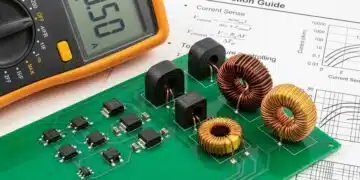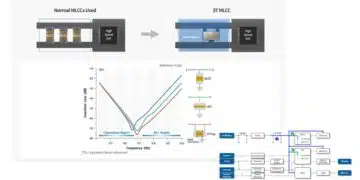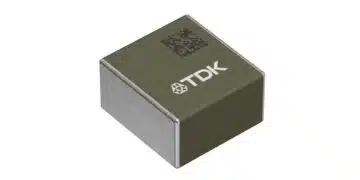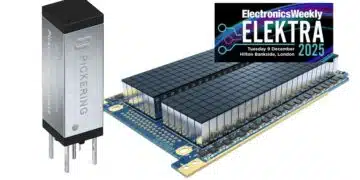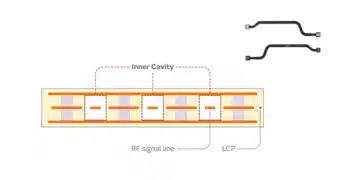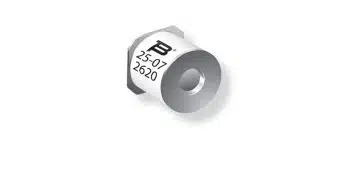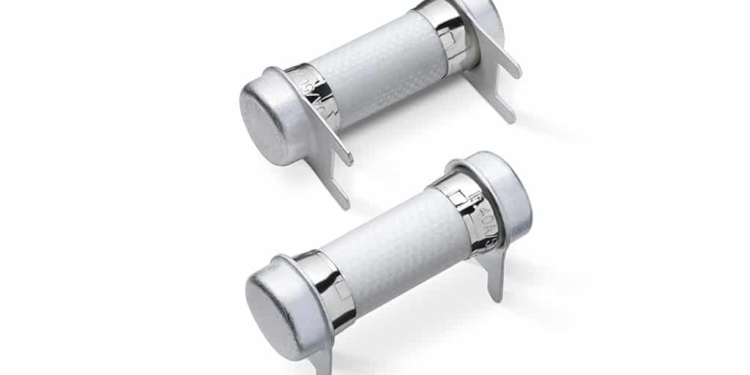source: Littelfuse news
CHICAGO, April 4, 2018 — Littelfuse, Inc., today introduced the smallest cartridge fuse series available that’s rated at 500VAC with current ratings from 40A to 63A and a 2,000A@500VAC interrupting rating. Compact cartridge fuses save space on crowded boards for high wattage equipment.
The 606 Series high-current Cartridge Fuse is designed for overcurrent protection in applications such as high voltage power supply circuits rated up to 23kW. With a 10mm x 32mm cartridge body, a single 606 fuse requires less board space than previous designs that used multiple lower current rated fuses in parallel. As a result, designers can reduce the amount of board space they reserve for protection components when designing high wattage equipment.
Typical applications for 606 Series High-current Cartridge Fuses include:
- Telecom Uninterruptible Power Supplies (UPSs)
- Power conversion equipment such as inverters and rectifiers
- Electric Vehicle Supply Equipment (EVSE)
- Off-board charging posts
- Motor protection in elevator systems.
“The 606 Series’ compact footprint frees up board space that would otherwise be devoted to protection components, which gives designers greater layout flexibility for high-wattage equipment,” said Ben Zheng, Global Product Manager, Electronics Business Unit at Littelfuse. “In addition to that advantage, it offers a lower interrupt rating and a higher current rating than similar fuses from other suppliers.”
The 606 Series High-current Cartridge Fuses offer these key benefits:
- The smallest available 500VAC-rated cartridge fuse series with current ratings from 40A to 63A and a 2,000A@500VAC interrupting rating.
- Suitable for overcurrent protection in a single-phase power supply circuit rated up to 23kW.
- End caps with integrated stand-off leads eliminate the need for mounting accessories and/or lead-forming processes.
- With an operating temperature range from -55˚C to 125˚C, these fuses can provide reliable protection in extreme temperature environments.
Availability
The 606 Series High-current Cartridge Fuses are available in through-hole, 10mm x 32mm packages in trays in quantities of 500.


